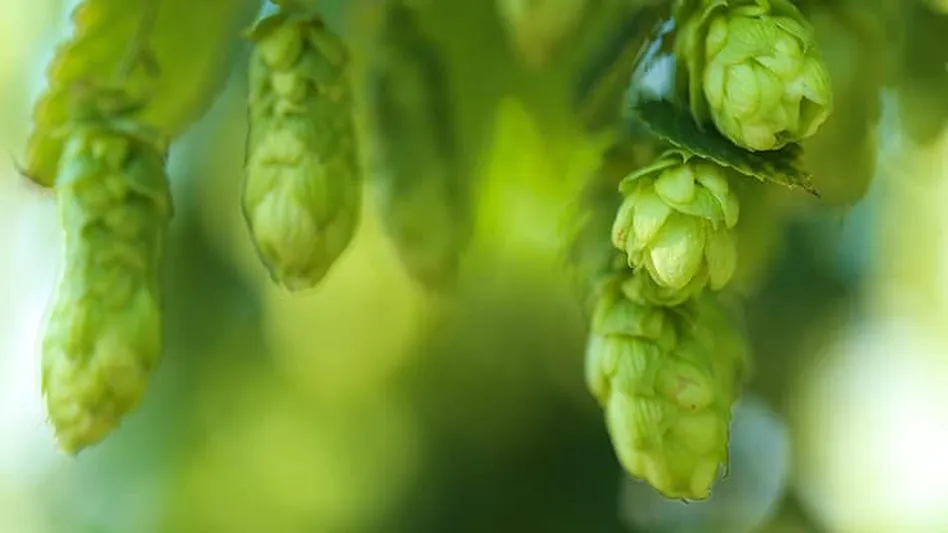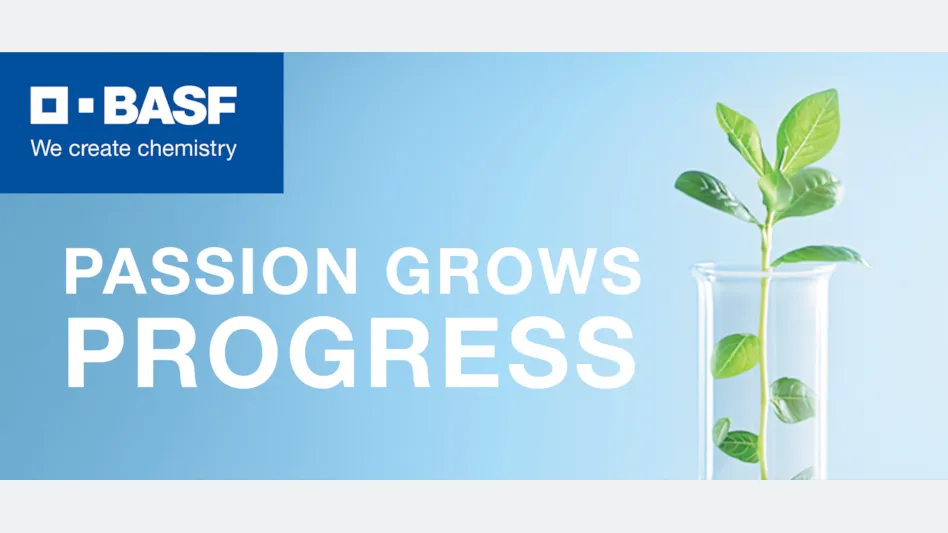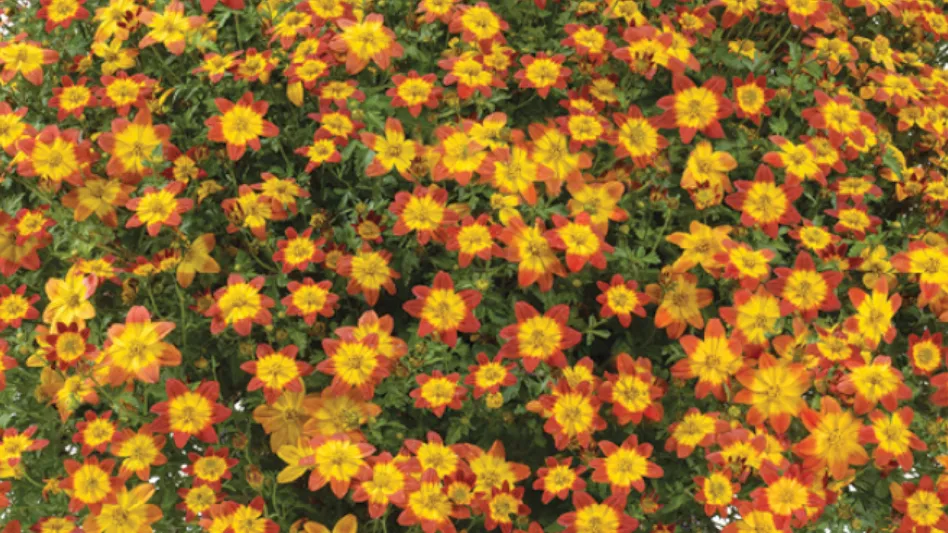
Photo © Yuliya | Adobe Stock
Hops production may be more viable in greenhouses and controlled environments than previously thought, according to a new study published in Scientific Reports.
Bill Bauerle, professor of ecophysiology and plant stress physiology in the Department of Horticulture and Landscape Architecture at Colorado State University, has published a new paper titled “Disentangling photoperiod from hop vernalization and dormancy for global production and speed breeding.”
The study, conducted in a controlled environment through 13 crop cycles, challenges previously held beliefs that hop plants require dormancy and vernalization to produce inflorescences, or “cones,” which are essential ingredients for brewing beer.
“Vernalization and dormancy, two plant traits previously considered necessary to the proliferation of hop flowers, do not influence hop flower yield and quality,” Bauerle wrote in the Scientific Reports paper, which was published earlier in November.
Without the vernalization requirement, greenhouse and controlled-environment-agriculture producers could produce more yields of hops, according to the study.
“The findings have broad implications; global hop production can be distributed more widely and it paves the way for speed breeding and controlled-environment production to achieve 4 hop generation cycles per year, as opposed to 1 under field-grown conditions,” Bauerle wrote.
Greenhouse Management published information about hops’ alleged vernalization requirements in its June 2019 cover story, which featured greenhouse growers of both young and mature hop plants.
Read the full study here.
Latest from Produce Grower
- DENSO and Certhon introduce Artemy, a fully automated cherry truss tomato harvesting robot
- Landmark Plastic celebrates 40 years
- CropLife applauds introduction of Miscellaneous Tariff Bill
- UF/IFAS researchers work to make beer hops a Florida crop
- Nature's Miracle announces initial shipments of "MiracleTainer" series container farm
- Local Bounti opens new high-tech controlled environment agriculture facility in Pasco, Washington
- NatureSweet responds after ruling by U.S. Court of International Trade that invalidates tax on tomato imports from Mexico
- Former Danone executive becomes chief operating officer at NatureSweet





